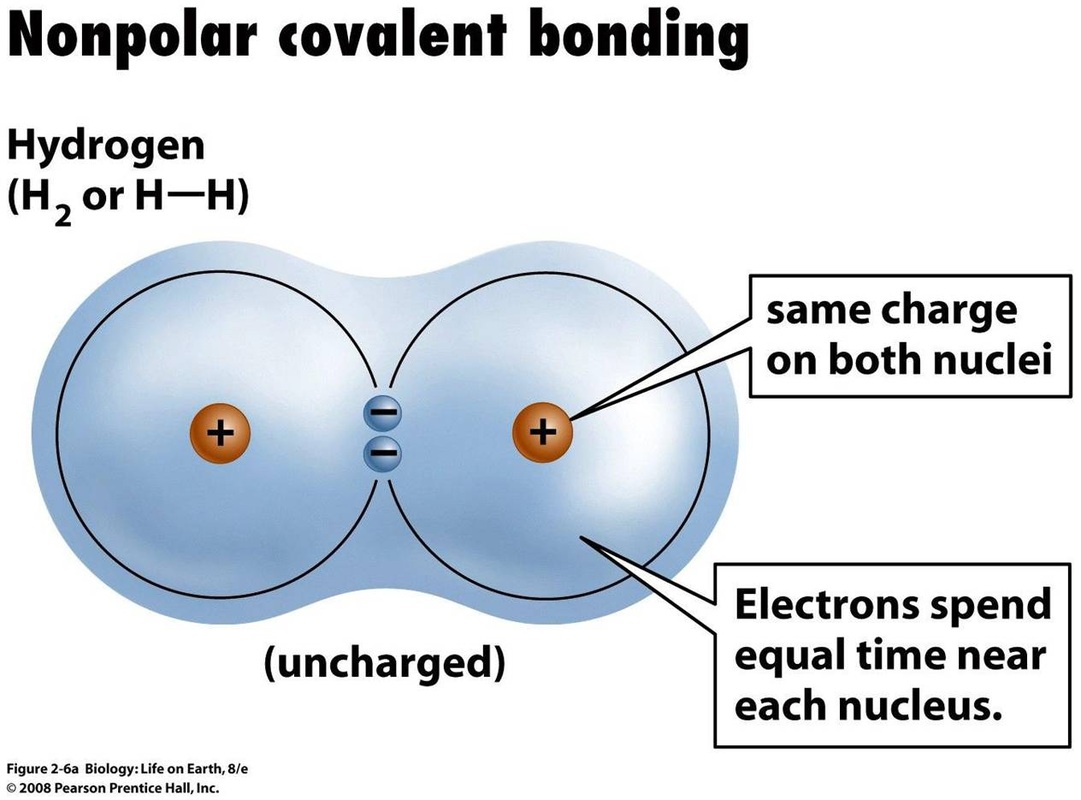How does a polar covalent bond differ from an nonpolar?
1 Answer
Polar covalent bonds are a particular type of covalent bond.
In a polar covalent bond (for example water), the electrons shared by the atoms spend a greater amount of time, on the average, closer to the Oxygen nucleus than the Hydrogen nucleus. This is because of the geometry of the molecule and the great electronegativity difference between the Hydrogen atom and the Oxygen atom.

Nonpolar covalent bonds are a type of bond that occurs when two atoms share a pair of electrons with each other. These shared electrons glue two or more atoms together to form a molecule.
An example of a nonpolar covalent bond is the bond between two hydrogen atoms because they equally share the electrons .

You can read more about it [here.](http://education-portal.com/academy/lesson/polar-and-nonpolar-covalent-bonds-definitions-and-examples.html)

